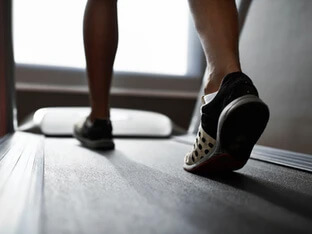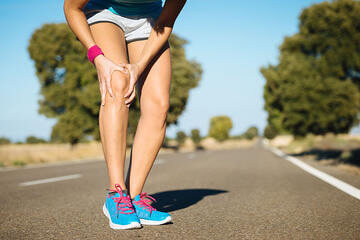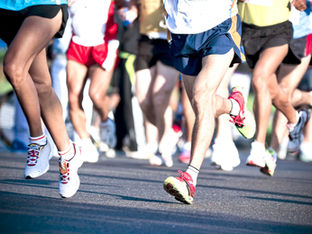
by adpraxiz | Nov 27, 2019 | Uncategorized
SUMMARY Shin splints are essentially an overuse injury Numerous factors contribute to symptoms but mainly involving the poor control of force through the lower limbs Important to stop symptoms to avoid developing stress fractures, which require lengthier time away...

by adpraxiz | Nov 28, 2018 | Uncategorized
Running. Probably one of the most maligned exercises when it comes to knees and overuse injuries. The thought that running ‘wears’ out your knees and causes osteoarthritis (a chronic disease often associated with joint pain and stiffness, reduced mobility...

by adpraxiz | Aug 10, 2018 | Uncategorized
You have the shoes, the GPS watch, training schedule and alarm set for 5am. You are dedicated and that race is right around the corner. Whether it is your first 5km or your 50th marathon, the thrill of crossing the finish line drives us all. Whilst you may know your...




